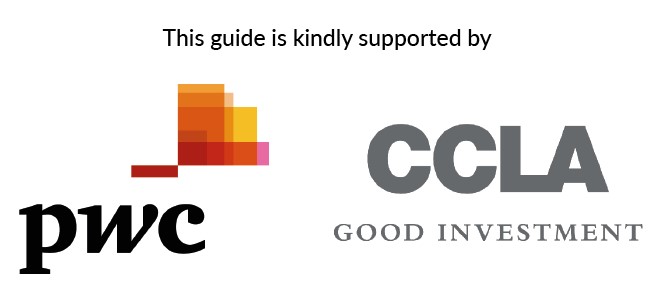What will it cost you if you are not carbon neutral?
Greenhouse gas emissions are the main driver of climate change and global warming. In 2015, nearly every country in the world signed up to the Paris Agreement with a specified target for the reduction of these emissions. In 2019, the UK made history as the first major country to institute legislation that aims to drive the country to net zero emissions by 2050.
Consumers, employees, and other stakeholders have been playing a huge role in applying the much-needed pressure to UK organisations with the result that many are now putting strategies in place to become verified as carbon neutral.
Carbon dioxide (CO₂) is the most common greenhouse gas emitted by human activities, and 'carbon' and 'greenhouse gas' are often used interchangeably to describe the seven greenhouse gases that contribute most to climate change, as defined in the Kyoto Protocol. We need to reduce emissions of these gases as quickly as possible.
Carbon neutral status is the first step on the path to net zero and the two terms shouldn’t be confused. Carbon neutrality is something that we can all achieve now. Net zero requires a massive carbon reduction and is the target we need to aim for by 2050.
PPN 06/21
Since September 2021 any organisation bidding for UK public contracts worth £5 million or more is required to detail their commitment to achieving net zero via a Carbon Reduction Plan.
This has encouraged charities to take action to ensure they score highly on public sector tenders; for many tenders it’s a requirement, just to participate. The general view is that the £5 million threshold is likely to drop year on year until nearly all public sector contracts have a strong carbon reduction focus.
So, without a carbon footprint and reduction plan your tender will not even be considered. Many local authorities are asking for an organisation’s carbon plans in sub-£5 million tenders already, and this is only going to become more the norm.
So, there’s a window of opportunity now, where having a carbon footprint, a reduction plan, and achieving carbon neutrality, are a commercial advantage.
In five years, most organisations will be doing this and any advantage will likely be due to technical differences in the quality of the footprint and plan. But right now, just having one is a huge advantage.
In this article, we will look at how organisations can become carbon neutral, the process of verification, and the strategies that will help to reduce your footprint.
Carbon neutrality
You might be wondering what it means to be carbon neutral. The planet has a natural way of cleaning up the atmosphere through a process known as carbon sequestration. Basically, it stores excess greenhouse gas emissions in natural carbon sinks like forests, soils, peat etc. This means the planet is in natural balance.
However, human activities have thrown off that balance and led to an excess level of greenhouse gas emissions. Scientists and engineers are working towards achieving carbon neutrality through mechanical means like carbon capture and storage.
These efforts, however, are not enough to make a significant difference at present. As a result, more companies and charities are required to become carbon neutral and those at the leading edge are even “carbon negative” i.e. the amount of CO₂ emissions they remove from the atmosphere is bigger than the amount of CO₂ emissions they contribute.
There are many ways you can become carbon neutral.
Read on...
Contents
1. Introduction from Richard Sagar, CFG
2. It's time to get real about ESG
3. Building a net zero strategy
4. Funding on a finite planet
5. Understanding energy consumption
6. Net zero and procurement part 1
Part 2: Steps to becoming verified carbon neutral
Part 3: What are scope 3 emissions? Why account for them?
7. Pensions and net zero part 1
Part 2: Risks and opportunities
